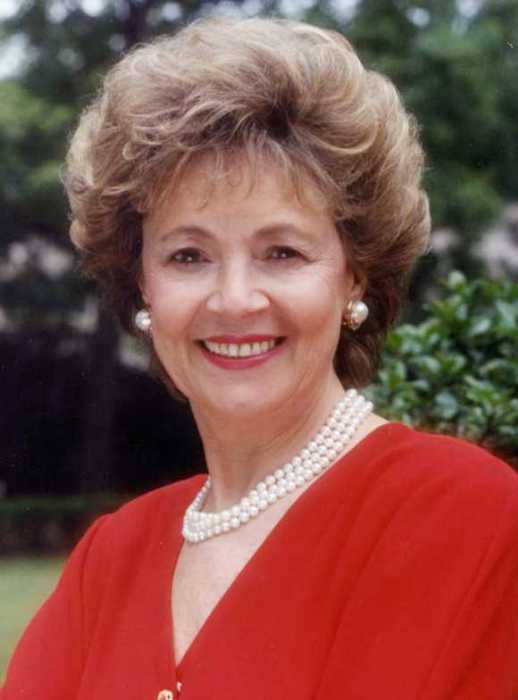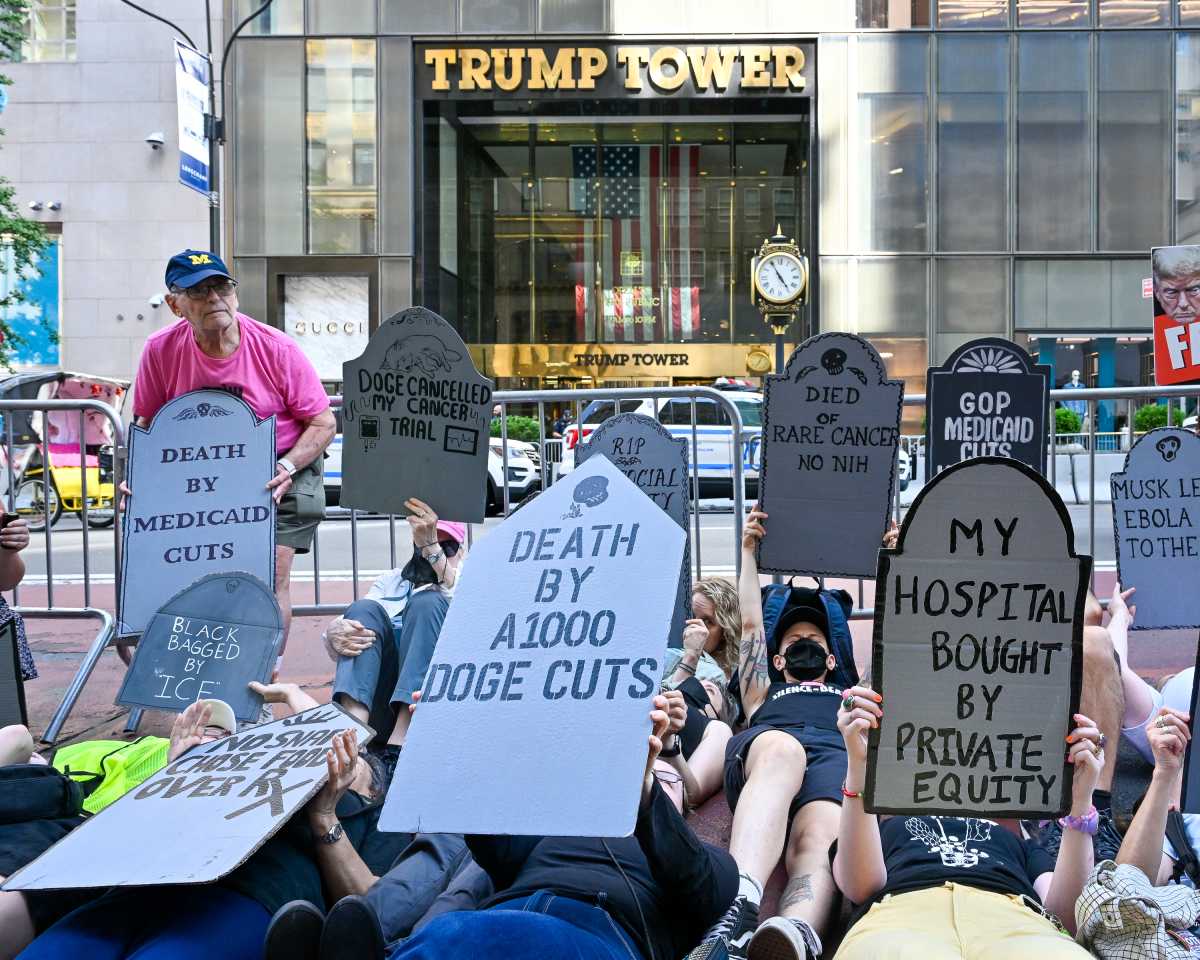Imagine subjects on the cradle of the confederacy, Brown v. Board of Education, Jim Crow’s emergence, the impact of the Fifteen Amendment, fighting poverty and the Watts riot in a biography on Dr. Martin Luther King Jr. in a child-friendly book capturing the attention of middle-school students in Queens, NY. “Who Was Martin Luther King, Jr.?” (Grossett & DunLap; Penguin Group), by Elizabeth Wolf, is a glorious compilation of a future world -renown leader known as Dr. Martin Luther King Jr.
Although several books have traced Dr. King’s birth on Jan. 15, 1929, in segregated Atlanta, Georgia to his adult battle to end unfair and unequal treatment, author Bonnie Bader’s book informs us that King was originally named Michael until age five. This young child, whose doctors called perfect, was raised in a happy family with siblings: Willie, Christine and Alfred Daniel.
King was inspired by his father, a college-educated minister at Ebenezer Baptist Church in Atlanta.
Early in life, he was taught how to confidently combat racism. In route home from winning a speech contest, a young King was ordered, on a bus, to provide his seat to a Caucasian passenger. Standing in the aisle of the bus, the precocious student who would skip two grades and graduate from high school at 15 years old, declared, “One of these days, I’m going to put my body up there where my mind is.”
While at Morehouse College, King’s father’s alma mater, the 17-year old took on the role as minister and assistant at Ebenezer Baptist Church. Two of his college professors, who were also ministers persuaded him to enter the ministry. Against his father’s wishes, the 19-year old Morehouse graduate continued his education at Crozer Theological Seminary in Chester, Pennsylvania, where only six out of 100 students were Black.
Undeterred by this fact, King graduated as a top-ranked student and continued his education at Boston University School of Theology. Here, he met his future wife, Coretta Scott, a singer studying in Boston. At Dexter Avenue Baptist Church in Montgomery, Alabama, Martin secured his first professional assignment after completing his studies.
While King’s finest accolades are associated with Rosa Parks and the bus boycott, this profound advocate was set on overthrowing Jim Crow legislation at the most flagrant places like Birmingham under Bull Connor to making demands to end police violence and other acts of inequality, particularly before Chicago’s Mayor Richard J. Daley.
King’s rousing historic ‘I Have a Dream’ speech on Aug. 28, 1963, occurring almost two months after President John F. Kennedy’s requested to Congress to pass the Civil Rights Bill, confirmed his position as a prominent leader of the Civil Rights movement. Before the signing of the Civil Rights Bill, close to the 100th anniversary of the Emancipation Proclamation, a bomb killed four Black girls (Denise McNair, Carole Robertson, Cynthia Wesley and Addie Mae Collins) at the Sixteenth Street Baptist Church in Birmingham.
The father of four receiving the Nobel Peace Prize — prize money of $54,000, he gave to groups in the civil rights organization — inspired him to continue his work like securing the rights to vote by marching from Selma, where marching was prohibited, to Montgomery. King’s advocacy for equal treatment, led by the Southern Christian Leadership Conference in Memphis Tennessee, demanded pay raises for sanitation workers — did not end with this nonviolent leader’s assassination. The book chronicles the work of this great late peaceful protester continued by his family.

























